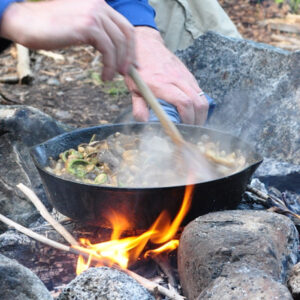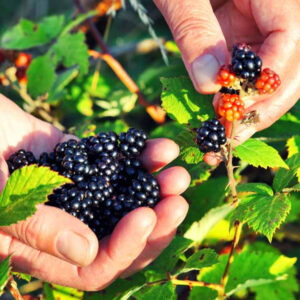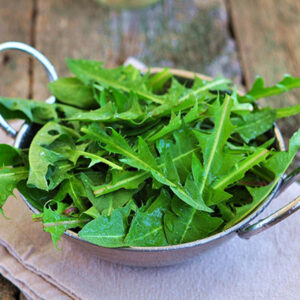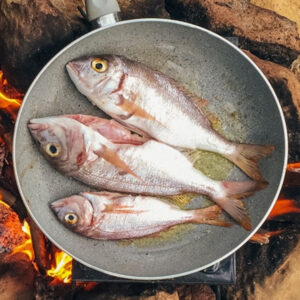Foraging for Survival: From Wild to Plate
Foraging, the practice of gathering food from nature, is a skill that was once essential for human survival. While modern society has largely replaced this practice with grocery stores, the ability to forage can be invaluable in a survival situation. This article will explore the basics of foraging and provide ideas for crafting breakfast, lunch and dinner from your wild harvest.
Essential Foraging Knowledge
Before you venture into the wilderness with a foraging basket, it’s crucial to prioritize safety.
- Identify with Certainty: Never consume a plant unless you are 100% sure of its identity. Many poisonous plants mimic edible ones.
- Respect Nature: Harvest sustainably, leaving enough for the ecosystem.
- Know Your Location: Different regions have varying edible plants.
- Start Small: Begin with a few easily identifiable plants and gradually expand your knowledge.
Foraging for Breakfast
A hearty breakfast is essential to fuel your day. Consider these foraging options:
- Wild Berries: Blueberries, raspberries and blackberries can be enjoyed fresh or added to a porridge-like mixture made from ground acorns or nuts.
- Edible Greens: Dandelion leaves, nettles (after blanching) and chickweed can be added to scrambled eggs or used as a base for a wild omelet.
- Wild Nuts: If you’re lucky enough to find mature nuts like acorns, hazelnuts or walnuts, you can roast them for a crunchy and nutritious start to your day.
Foraging for Lunch
A substantial lunch will keep your energy levels up. Here are some foraging ideas:
- Wild Salads: Combine a variety of edible greens, such as purslane, lamb’s quarters and clover, with berries or edible flowers for a refreshing meal.
- Wild Bread: If you have access to flour from ground acorns or other nuts, you can make a simple bread using water and a heat source.
- Protein Sources: While foraging for meat is more challenging, fish or insects (like grubs or crickets) can be a potential protein source.
Foraging for Dinner
A nourishing dinner is crucial for recovery and replenishment. Consider these options:
- Root Vegetables: Wild carrots, turnips and potatoes can be roasted or boiled.
- Edible Plants: Many plants have edible roots or tubers that can be cooked.
- Protein: If you’ve caught fish or found edible insects, incorporate them into your meal.
- Wild Grains: In some regions, wild rice or other grains might be available.
Cooking and Preparation
Cooking your foraged food is essential to eliminate potential toxins and improve digestibility. Simple methods like boiling, roasting and grilling can be used.
Remember: Foraging is a skill that requires practice and knowledge. Always prioritize safety and respect for the environment. If you’re new to foraging, consider joining a local foraging group or taking a class to learn from experienced foragers.
Disclaimer: This article is intended for informational purposes only and should not be considered a substitute for expert advice. Always consult with a qualified expert before consuming any wild plants.




December 28, 2024 @ 5:44 pm
you are truly a excellent webmaster. The web site loading speed is amazing. It sort of feels that you are doing any distinctive trick. In addition, The contents are masterpiece. you’ve done a wonderful job on this subject!